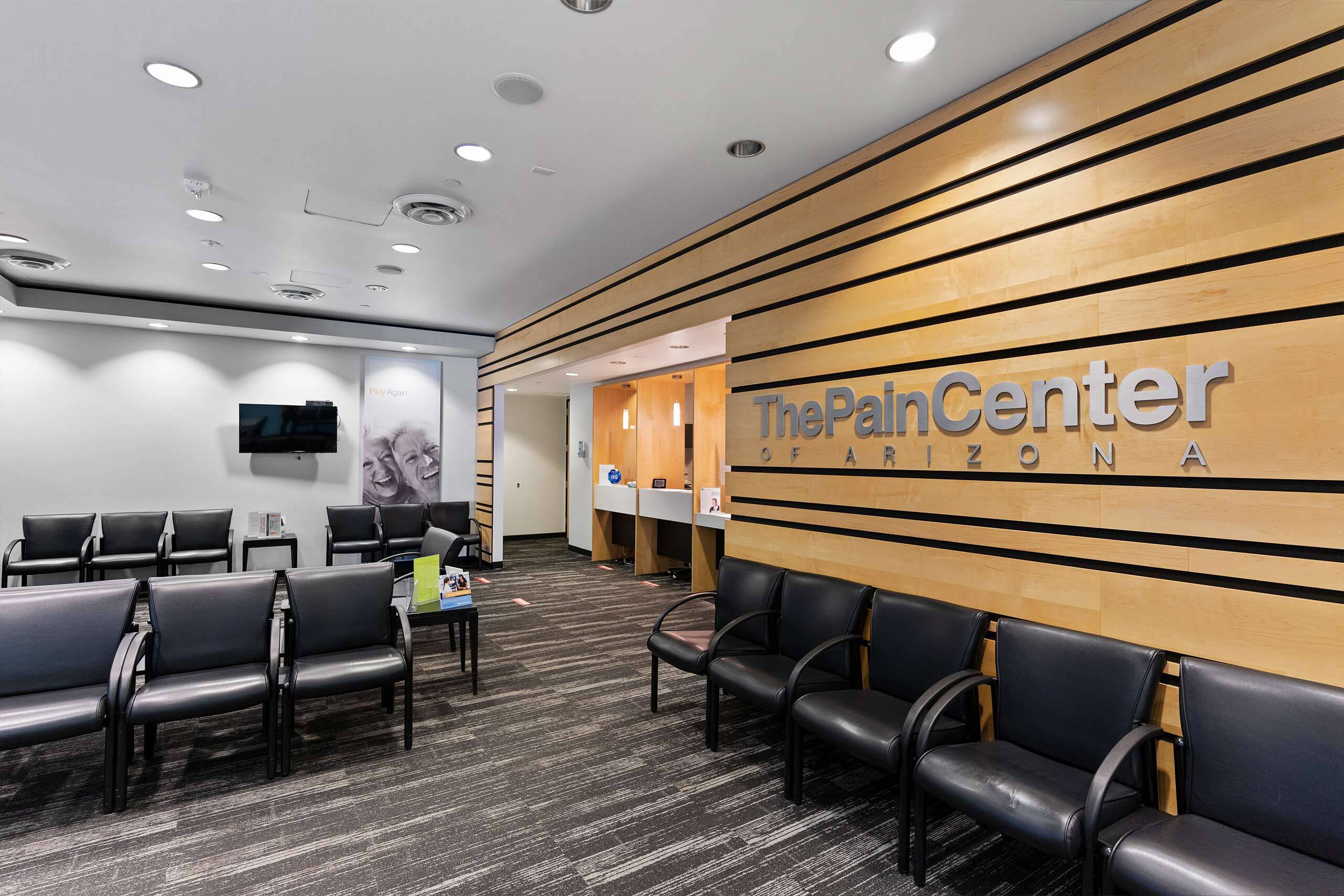Racz Procedure / Epiduroscopy
Percutaneous adhesiolysis, also called the RACZ procedure or epiduroscopy, is a minimally invasive, interventional procedure that breaks up scar tissue in the epidural space. Epidural scarring can arise from spinal surgery, the aging process, or spinal arthritis. If left untreated, it can result in nerve root compression, causing chronic back and leg pain. The RACZ procedure, founded by Dr. Racz, is performed using x-ray guidance and a special spring catheter to administer an anesthetic and steroid medication. During the procedure, a physician may also use pulsed radiofrequency energy to encourage nerve regeneration. Patients may experience several weeks or months of pain relief after the procedure.

What is Racz Procedure/Epiduroscopy?
Percutaneous adhesiolysis, aka the Racz procedure (founded by Dr. Racz), is a minimally invasive, interventional procedure that breaks up scar tissue in the epidural space.
What Types of Pain Does Racz Procedure Treat?
Pain caused by epidural scarring, including chronic leg and back pain.
What is epidural scarring?
Epidural scarring is where epidural fat is replaced with fibrotic tissue from bleeding following back surgery, spinal surgery, the aging process, or spinal arthritis.
It may also occur when a spinal disc ruptures and leaks out.
If left untreated, it can result in nerve root compression, causing chronic back and leg pain.
How Does Racz Procedure Work?
The Racz procedure is performed using x-ray guidance and a special spring catheter to administer an anesthetic and steroid medication.
During the procedure, a physician may also use pulsed radiofrequency energy to encourage nerve regeneration.
What is included in the injection?
Racz injections are a mix of a few contents, including:
- Local anesthetic mixture
- Steroid medication
- X-ray contrast
- Sterile salt solution

Expectations and Recovery
Patients typically report pain relief within 3-7 days after the procedure and may experience several weeks or months of pain relief.
Racz is not a permanent solution for chronic back pain, but periodic injections help suffering patients return to a functioning life.
What Symptoms of Leg Pain Should I Report to My Doctor?
Be sure to inform your doctor of all your symptoms. Leg pain symptoms to watch out for include:
- Pain in either or both legs, with or without back pain
- Foot pain
- Sudden pain that comes and goes
- Redness or discoloration of the skin on either leg
- Swelling in the leg, ankle, or calf
- Distended veins
- Weakness
- Leg skin warm that’s warm to the touch
- Itching or throbbing skin
- Pain that worsens when walking, exercising
- Sciatica leg pain, or radiating pain down the back of the leg toward the feet
- Leg stiffness, general or morning
- Numbness, tingling, throbbing
- Muscle pain/aches
- Aching with or without fever
- Tenderness
- Burning sensation/pain
- Reduced range of motion
- Change in walking or movement due to pain (limping)
- Muscle cramps
- Achilles pain in your lower calf
For short-term back pain relief, ice, rest, and over-the-counter pain medications (at the recommended dosage) can temporarily ease your pain until long-term solutions are decided by your doctor.
Physical therapy is also a common treatment option and has the most clinical evidence of success for treating chronic back pain.
What Symptoms of Back Pain Should I Watch Out For?
Acute back pain typically lasts up to three months, whereas chronic pain lasts longer. Report all your symptoms to your doctor, especially acute or chronic back pain symptoms such as:
- Muscle ache
- Shooting, stabbing, or dull pain
- Pain radiating toward the neck or down the legs
- Decreased range of motion and flexibility
- Pain reduction with rest or minimal movement


Get the care you need within 24 hours*
We know when you’re looking for relief for your chronic pain, you can’t wait any longer than you already have. This is why we can schedule you with an appointment within 24 hours at most of our pain centers across the Valley, so you can start your journey to life-long pain relief as soon as tomorrow.



